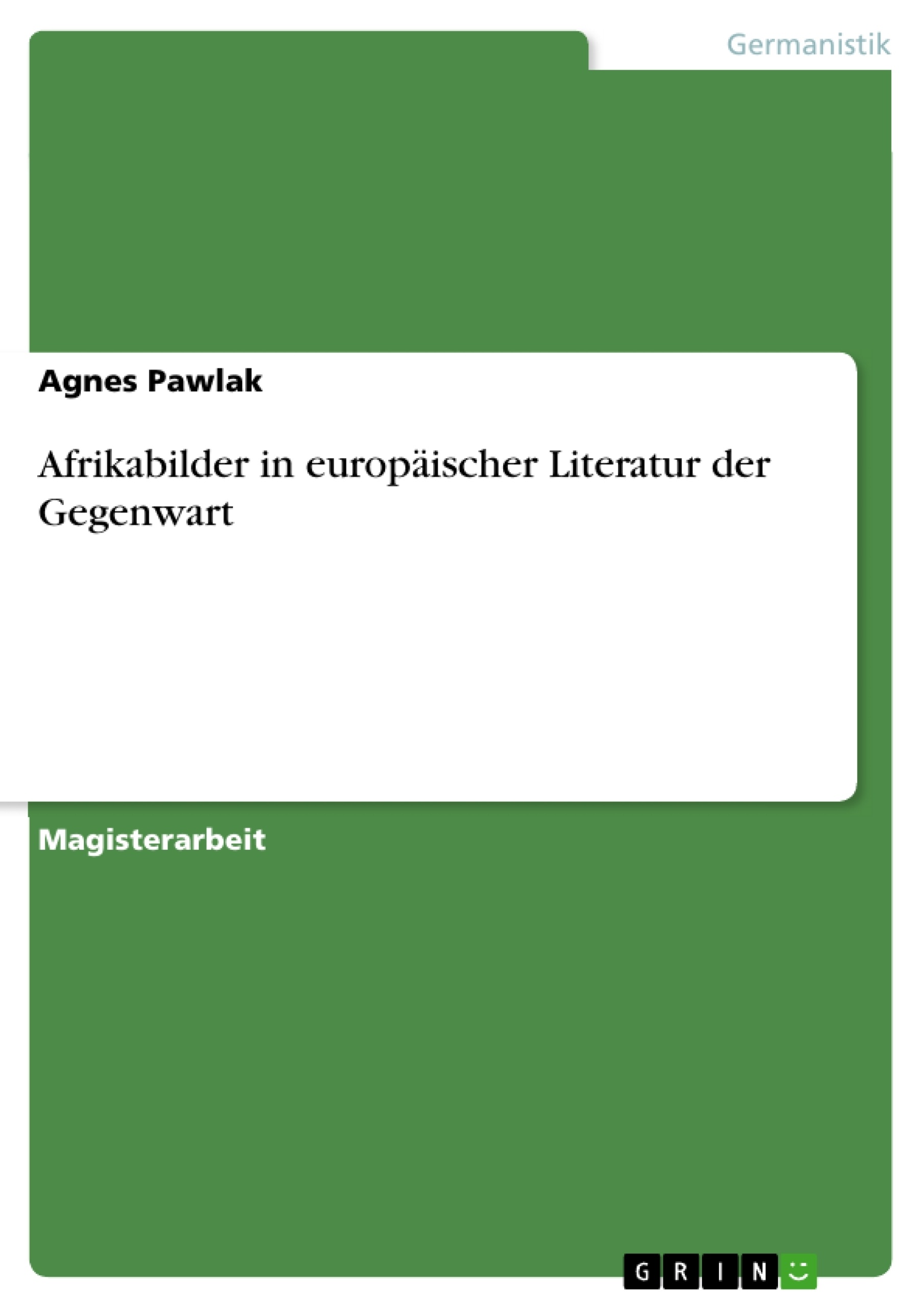„Als du in Afrika warst, gab es da auch Häuser aus Stein?“, hat mich mein neunjähriges Patenkind kürzlich gefragt. In dieser Frage spiegelt sich eines der vielen Afrika-Klischees wieder, die nicht nur in den Köpfen von Kindern vorherrschen. Ums Lagerfeuer tanzende Wilde, Lehmhütten, Hunger und Armut -
eine Ansammlung von Unzivilisiertheit und Hinterwäldlertum bilden das allgemeine Afrikabild in westlichen Köpfen. Ein Grund hierfür ist die weitgehende mediale Ignoranz Afrikas. Die seltene Berichterstattung wird außerdem sehr
einseitig gestaltet. Es wird lediglich von afrikanischen Katastrophen berichtet, nicht aber von positiven Entwicklungen. „Dürre, Hunger und Seuchen, Krieg und Massenelend - will das denn in Afrika nie aufhören?“, fragt Afrika-Korrespondent Bartholomäus Grill.
Die Tatsache, dass Afrika nach Asien der zweitgrößte Kontinent der Erde ist und aus 53 Staaten besteht, wird gerne übersehen. Afrika als ein einziges Land zu betrachten und über einen Kamm zu scheren, ist zumeist traurige europäische Normalität. Dies bezieht sich vor allem auf Schwarz-Afrika, da Nordafrika
oft automatisch abgespalten wird. Die Unterteilung zwischen Nord- und Subsahara-Afrika macht insofern Sinn, als dass es große geschichtliche, wirtschaftliche und politische Unterschiede gibt. Wünschenswert wäre jedoch eine eben-
solche Differenzierung zwischen allen Ländern des afrikanischen Kontinents.
Die Gründe für die Ignoranz von Afrikas immenser Heterogenität sind vielfältig und spiegeln sich auch in der meta-afrikanischen Literatur europäischer Autoren wieder. Die vorliegende Arbeit beschäftigt sich im Kern mit den folgenden fünf Werken europäischer Autoren der Gegenwart: Joseph Conrad: Herz der
Finsternis (1902); Claire Goll: Der Neger Jupiter raubt Europa (1926); Karen Blixen: Afrika, dunkel lockende Welt (1937); Henning Mankell: Das Auge des Leoparden (1990) und Giles Foden: Der letzte König von Schottland (1998).
Der Schwerpunkt liegt dabei auf den Werken von Conrad, Blixen und Mankell. Die Reihenfolge, in der die Romane behandelt werden, entspricht ihrem Erscheinungsjahr und in jedem von ihnen sind verschiedene Schwerpunkte gesetzt, die mithilfe zahlreicher Zitate verdeutlicht werden sollen.
- Quote paper
- Agnes Pawlak (Author), 2009, Afrikabilder in europäischer Literatur der Gegenwart, Munich, GRIN Verlag, https://www.hausarbeiten.de/document/145586


